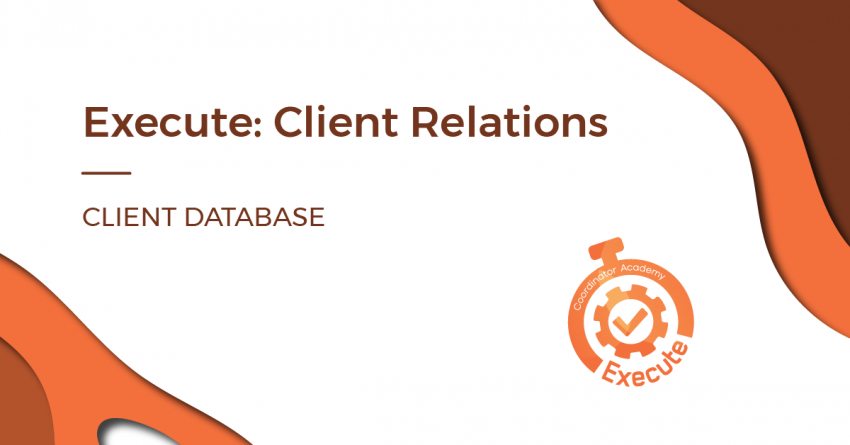Guidance for Marketing Coordinators
Imagine this: it’s September and you know the holidays are right around the corner. Every Principal and Project Manager has their own list of client and colleague relationships, so once again, you start the mad dash to print out the list from last year for each person to start editing. The only problem is, will everyone take the time to go through the contacts they’ve made from this past year to make sure they get added in? Or will they remember who has changed companies or agencies and are no longer at last year’s address? And who’s going to get you that new information? That’s probably why you started the process so early, because you knew you had three long months ahead of you updating everyone’s lists and watching for those pesky duplicates.
Now imagine a different scenario. Throughout the year, Principals and Project Managers report to you on a monthly basis of any movements in their client contacts or colleagues. Your database would be about 95% there when the holiday season came, not to mention current every month for sending e-blasts or announcements.
Databases are the lifeblood of every firm in our industry and maintaining them for your firm is one of the most important jobs any marketing coordinator has. We once worked with an engineering firm that had a dedicated person whose job it was to maintain the company database. All project leads, proposals, teaming partners, project write-ups, client backgrounds—everything—was tracked through their Database Manager. It was the repository of all company information and served as the central brain of the firm. Anything anyone ever wanted to know was garnered from that database. Not every firm has the resources to have a sole marketing team member dedicated to maintaining this information, but is a very worthwhile goal!
Databases can save every person time and energy when it comes to marketing and business development. It can help technical and marketing staff remember past contacts or projects, or people they once teamed with (especially those specialty consultants). And not only is it important to follow the career movements of our current and potential clients, it’s also just as important to track the movement of our professional colleagues—those people we team with on projects and may one day want to hire. We know it’s all about relationships in our industry and we can’t maintain those relationships if we don’t know where people are. Whether you use an Excel spreadsheet or a CRM like Cosential or Deltek, invest the time needed to keep it current. It will serve as a huge resource for you not only when you want to send those holiday cards, but more importantly, in tracking and winning projects!






